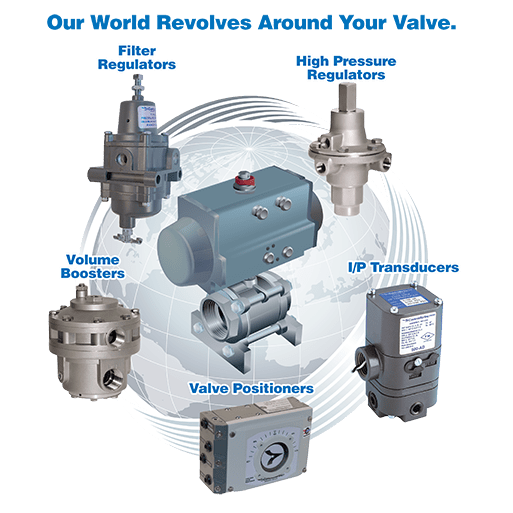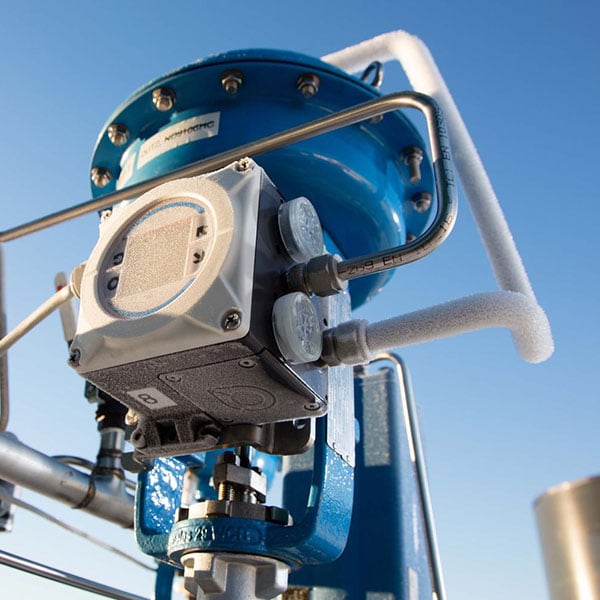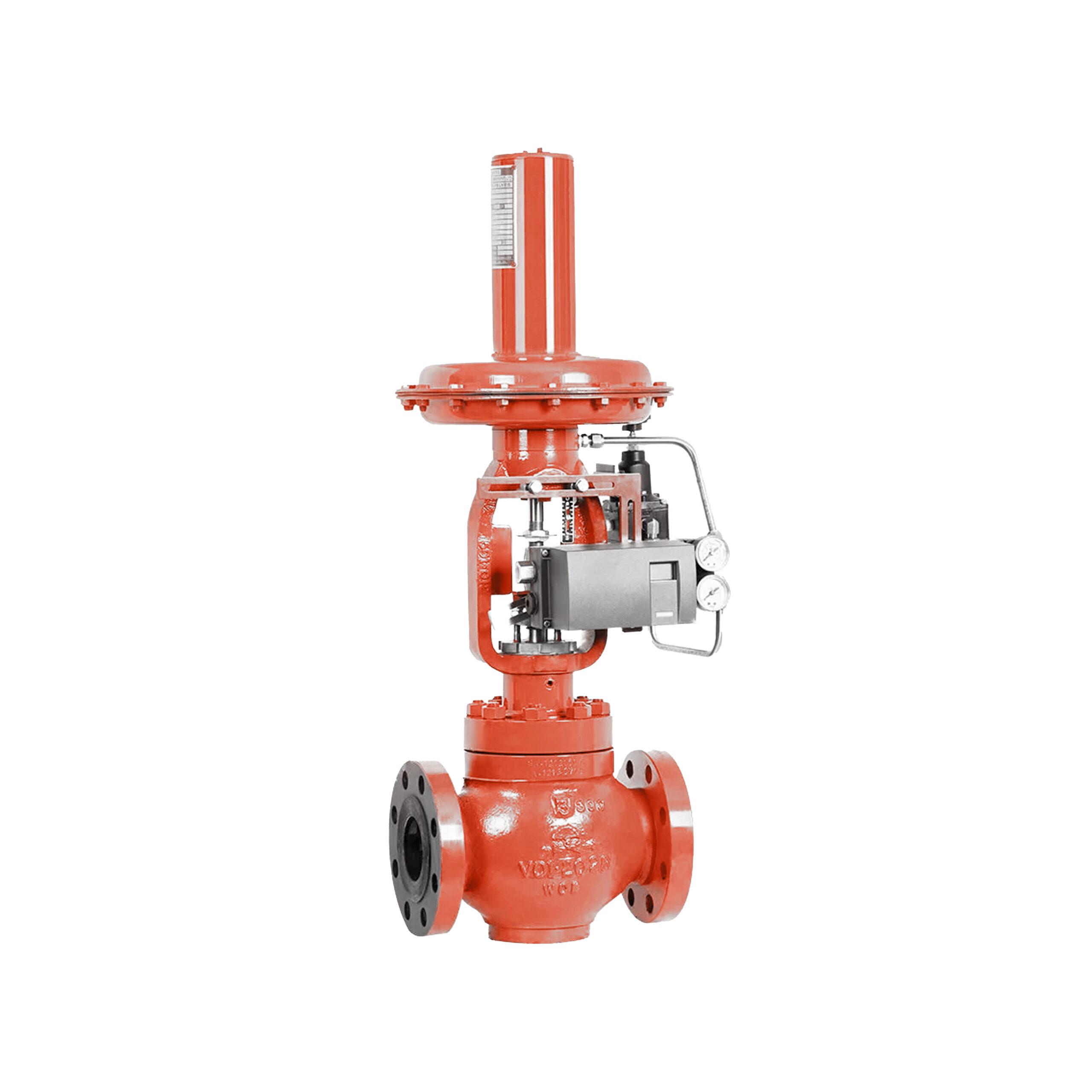The Role of Control Valves in Liquid Circulation Management Systems
The Role of Control Valves in Liquid Circulation Management Systems
Blog Article

Maximize Energy Cost Savings and Comfort With Advanced Building Automation Controls
In the world of modern-day design and center management, the assimilation of sophisticated structure automation regulates stands as an essential development. By taking advantage of the power of automation, structures can adjust, react, and evolve in methods that were as soon as unthinkable.
Energy Efficiency Advantages
Power effectiveness benefits can significantly minimize power usage and functional prices in buildings. Energy-efficient systems, such as innovative building automation controls, can optimize the usage of sources like illumination, cooling, and heating, leading to reduced energy expenditures over time.
Moreover, improved power effectiveness can prolong the life expectancy of structure equipment and systems. By operating much more successfully, HVAC systems, lighting fixtures, and other structure parts experience much less damage, resulting in reduced maintenance and replacement expenses. Furthermore, energy-efficient structures typically regulate greater property worths and rental rates, giving long-lasting economic advantages to proprietors.
Furthermore, energy performance can boost occupant convenience and productivity. Appropriately managed interior atmospheres with optimal lighting and thermal problems develop a more pleasant and favorable office, leading to boosted staff member fulfillment and performance. Overall, the power efficiency benefits related to advanced building automation controls are diverse, including cost financial savings, ecological stewardship, and occupant health.
Boosted Comfort Control
Enhancing convenience control in structure atmospheres needs a sophisticated assimilation of innovative automation systems for optimum owner well-being. By making use of advanced structure automation controls, facilities can customize the interior setting to meet the details requirements and preferences of passengers. These systems allow accurate policy of lighting, temperature, and ventilation, producing a comfortable and efficient ambience. Occupant satisfaction and productivity are closely linked to thermal convenience, making it vital to have systems in position that can adapt to transforming conditions in real-time.
Boosted comfort control exceeds basic temperature modifications. It consists of attributes such as customized settings, tenancy sensors, and all-natural light utilization to develop a receptive and dynamic atmosphere. By integrating these advanced controls, buildings can not just improve comfort however also boost energy performance by maximizing system procedures based upon actual tenancy and usage patterns. Inevitably, focusing on resident comfort through innovative automation systems leads to a more enjoyable and much healthier indoor environment.
Operational Effectiveness Improvements

Additionally, the execution of real-time monitoring and analytics devices allows building operators to identify energy inefficiencies and functional these details abnormalities promptly. By continuously keeping track of energy usage patterns and system performance metrics, modifications can be made in real-time to optimize energy intake and ensure peak operational performance. control valves. In addition, including demand feedback methods into building automation controls can further improve operational efficiency by dynamically changing power usage based on grid conditions and rates signals
Indoor Environment Optimization
Reliable indoor climate optimization is a basic facet of building automation controls, making sure owners' comfort and well-being while maximizing energy savings. By making use of sophisticated sensing units and controls, constructing automation systems can constantly monitor and adjust temperature level, moisture degrees, air quality, and air flow to create an ideal indoor environment. Maintaining consistent and comfy problems not just enhances owner contentment however likewise enhances productivity and general wellness.
Indoor climate optimization likewise plays an essential function in power efficiency. By fine-tuning heating, cooling, and ventilation systems based on real-time data and tenancy patterns, constructing automation controls can substantially minimize power usage - control valves. Implementing approaches such as demand-controlled ventilation and thermal zoning can aid reduce power waste while guaranteeing that each area of the structure gets the required conditioning.

Sustainable Environment Production
Building automation regulates not just enhance indoor climate problems for energy performance and resident comfort however additionally lay the foundation for producing a lasting environment via tactical administration of sources and systems. By incorporating advanced building automation innovations, such as sensing units, actuators, and intelligent software, centers can check and adjust power use in real-time to lessen waste and reduce their carbon impact. These systems enable anticipating maintenance, determining prospective problems before they rise and maximizing devices efficiency to enhance durability and visit homepage efficiency.
In addition, sustainable environment production prolongs past power monitoring to encompass water conservation, waste decrease, and interior air quality renovation. Building automation controls can control water usage, identify leakages, and make certain correct garbage disposal methods, contributing to total sustainability initiatives. Additionally, by regulating and keeping an eye on ventilation and filtering systems, these innovations enhance occupant wellness and efficiency while lowering power usage related to a/c operations.
Verdict
In final thought, progressed building automation regulates deal considerable advantages in terms of power savings, comfort control, operational performance, indoor environment optimization, and producing a lasting atmosphere. By executing these controls, Click Here structures can accomplish ideal efficiency while decreasing power intake and boosting resident convenience. It appears that using sophisticated automation technology is essential in boosting structure efficiency and creating a much more sustainable future.
Energy performance benefits can dramatically lower power intake and operational costs in structures. Generally, the energy efficiency benefits associated with advanced structure automation controls are diverse, including price savings, ecological stewardship, and owner health.
Furthermore, incorporating need response approaches into building automation controls can even more improve functional efficiency by dynamically changing power use based on grid problems and rates signals.
Structure automation controls not just enhance interior environment conditions for power effectiveness and owner comfort yet also lay the foundation for creating a sustainable atmosphere with calculated management of systems and sources.In conclusion, progressed structure automation manages deal considerable benefits in terms of power cost savings, convenience control, functional efficiency, interior environment optimization, and creating a sustainable setting.
Report this page